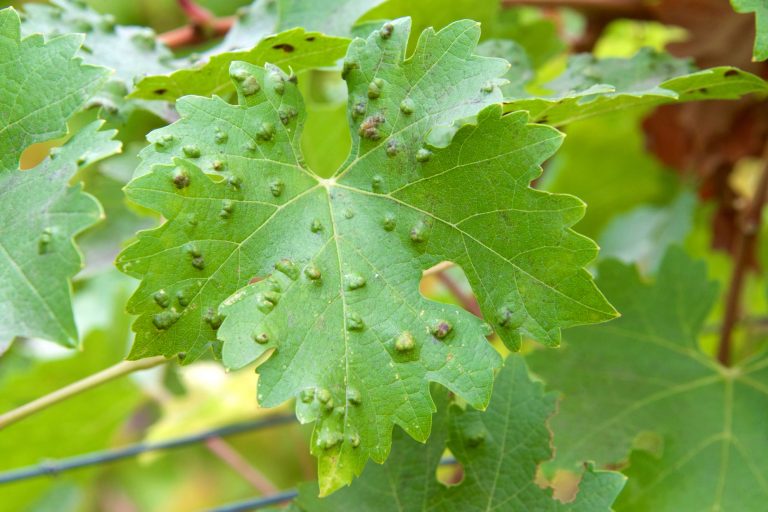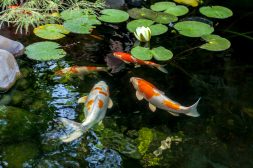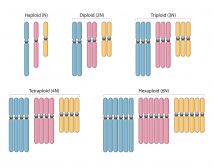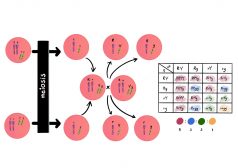Plant Cell Defense

Wart-like leaf galls on grape leaves
Table of Contents
Hydrogen Peroxide
Plants release hydrogen peroxide in response to the presence of a fungal invasion, which attacks by piercing the cell wall of a plant and breaking it down.
This hydrogen peroxide (chemical symbol H202) is a double-edged sword in its defense against the antigen.
One Way: Hydrogen peroxide stops the breakdown of the cell wall
Certain pathogens will use pectinase, a digestive enzyme, to break down the cell wall barrier and invade the plant. The pectinase released by the fungus must be stopped. H202 is involved in halting the action of this pectinase in the following example;
- The H202 is created and moves to the cell wall – the site of the invasion.
- It reacts in contact with an enzyme called peroxidase, which promotes the breakdown of pectinase.
- The foreign chemical is rendered useless.
- The threat of the cell wall being compromised is removed.
Another Way: Some of the H202 triggers the creation of phytoalexins
Phytoalexins are similar to the antiviral proteins previously mentioned as a secondary line of defense. Phytoalexins are a family of hormones that inhibit protein synthesis and thus “shut up shop” in the event of a pathogenic attack by halting the protein production process in our cells.
Chemicals released by the fungus are used to trigger a chemical response in the plasma membrane that makes it aware of the pathogens’ presence.
Hydrogen peroxide from the plasma membrane triggers a chemical response to inform the nucleus of the infected cells of the current situation.
mRNA from the nucleus is transported to ribosomes, as described in the protein synthesis section, where phytoalexins are to be produced (essentially protein synthesis coding for phytoalexins).
The phytoalexins then take on a role similar to that of antiviral proteins, where the presence of a phytoalexin in a cell inhibits protein synthesis and therefore preventing the growth of the foreign agent by removing all possible avenues of invasion for the pathogen, thus eliminating the threat.
Barriers Used by Plants in Defense
Lignin is a strong type of molecule that provides plants with a defensive structure similar to that of fibrous proteins. It acts as a barrier and can be found in wood and is characteristically found in plants that have recently endured pathogen attack.
Callose seals off sieve plates in the plant, effectively shutting off the transport of molecules around the organism. This is done to minimize the chance of the plant transporting infectious material around its own self, and halting the movement of materials that could be used by the pathogen in aid of replicating itself.
Ethylene promotes leaf abscission and is done to sever the plant of dead or dying plant matter. This is done to prevent the spread of infected material, therefore sacrificing infected sections of plant is more economical than taking the risk of the infection spreading.
Galls and tannins are created by the plant to encapsulate foreign agents found within the plant. A gall is an instance where an infected cell becomes inflamed that contains tannins. These tannins play a protective role by segregating the foreign agent and its chemicals from the rest of the plant.
Recommended reading: Maron, L. (2020). Believe your GFP: cytoplasmic RNA granules play a role in plant defence. The Plant Journal, 101(5), 1021–1022. https://doi.org/10.1111/tpj.14738
Read more articles like this here: The Plant Journal – provides a dynamic forum for the ever-growing international plant sciences research community and publishes in all key areas of plant biology.
You will also like...

Mammalian Ancestors
Mammals are a diverse group of organisms, where most of them develop their offspring within the uterus of the mother. Ov..

Freshwater Communities & Lentic Waters
Lentic or still water communities can vary greatly in appearance -- from a small temporary puddle to a large lake. The s..

Water in Plants
The movement of molecules (specifically, water and solutes) is vital to the understanding of plant processes. This tuto..

Lights’ Effect on Growth
This tutorial elaborates on the effect of light on plant growth. It describes how different plants require different amo..

Polyploidy
Humans are diploid creatures. This means that for every chromosome in the body, there is another one to match it. Howeve..

Independent Assortment and Crossing Over
This tutorial describes the independent assortment of chromosomes and crossing over as important events in meiosis. Read..
